Modular Momentum: Why Modular and Prefabrication is Reshaping Structural Engineering
Structural engineering is in the middle of a paradigm shift—and it’s not just digital. Modular and prefabricated construction is redefining how we approach design, materials, and project timelines. It is not just changing the game—it’s creating an entirely new playing field where speed meets precision, and efficiency drives profitability. If you recall from our previous blog “How Structural Engineers Shape Our Lives With Advanced Tech Tools?” – we talked about how a combination of 3D printing and modular assembly reduces labor costs by 50%–80% and construction waste by 30%–60%. What was once considered niche is now mainstream, and at JMVC, we’re leading the charge.
The term “Modular Construction” refers to one of several methods of construction (applicable to Buildings and Civil works) all of which ultimately configure required materials on a site to create a built environment in compliance with a specification.[1]
Handbook For The Design of Modular Structures
The Modular Construction Codes Board
Monash University
Why Modular System Is Important
Modular construction represents a fundamental shift in how we approach building design and execution, moving from traditional site-based assembly to a manufacturing mindset that transforms construction into a precision operation.
The controlled environment advantage cannot be overstated. When components are fabricated in climate-controlled facilities, materials aren’t subject to weather delays [2], temperature fluctuations, or moisture exposure that can compromise structural integrity [3]. This consistency translates directly into predictable material properties and connection performance—something structural engineers have long sought but rarely achieved with field construction.
Modular construction represents a fundamental shift in how we approach building design and execution, moving from traditional site-based assembly to a manufacturing mindset that transforms construction into a precision operation.
The waste reduction stems from manufacturing efficiencies that construction sites simply cannot match. Offsite facilities can optimize material usage through precise cutting, standardized components, and the ability to repurpose scraps across multiple projects. This isn’t just environmental responsibility—it’s economic efficiency that makes projects more viable [4].
For structural engineers, modular construction creates a paradigm where precision manufacturing tolerances replace field approximations [5]. Connection details can be fabricated to exact specifications, reducing the safety factors needed to account for field variability. This often allows for more efficient structural designs using less material while maintaining or improving performance.
The constraint of designing for transportation and assembly creates its own opportunities. Engineers must think systematically about how components connect, leading to innovations in connection technology and structural systems. The need for modules to withstand transportation forces often results in structures that are inherently more robust than their site-built counterparts.
Quality control becomes a manufacturing process rather than a construction inspection challenge. Issues are identified and corrected before components leave the facility, eliminating costly field corrections and ensuring that what’s designed is actually what’s built. This reliability allows structural engineers to push design boundaries with confidence, knowing their calculations will translate accurately to the finished structure.
Application of Modular Design Process to Deliver Our Projects ASAP
-
- A – accelerated Schedules: With structural modules pre-built, we shorten construction timelines and reduce the risk of weather delays or onsite complications.
- S – structural Integration: From shear walls to load-bearing modules, we engineer systems that don’t just stack—they perform under real-world loads.
- A – advanced Precision: Modular systems demand exact design. We use BIM and advanced 3D modeling to ensure every piece fits perfectly before it leaves the factory.
- P – performance-Driven Sustainability: Factory-built components generate less waste and allow for better material recycling and energy-efficient assembly.
Overcoming the Myths
Modular isn’t synonymous with cookie-cutter. With the right engineering approach, modular systems can be as customized, durable, and high-performance as traditional builds. The difference is in the execution and the speed. It also encourages standardization of construction rules across the board [6][7].
What It Means for Our Clients – who want deliverables FAST
F – Faster delivery. Modular construction operates on parallel timelines that compress traditional project schedules by 30-50% [8]. While site preparation and foundation work proceed, building components are simultaneously manufactured offsite, eliminating the sequential delays that plague conventional construction. Final assembly happens in days rather than months, as pre-fabricated modules arrive ready for connection with mechanical, electrical, and plumbing systems already integrated and tested.
A – Affordable and predictable costs. The controlled manufacturing environment eliminates many variables that drive cost overruns in traditional construction projects. Material quantities are precisely calculated and ordered in bulk, weather delays become irrelevant, and labor productivity remains consistent in climate-controlled facilities. This manufacturing approach allows for fixed-price contracts with confidence, protecting clients from the change orders and escalations that typically add 10-20% to conventional project budgets.
S – Superior quality control. Factory-controlled environments enable quality assurance processes impossible to achieve on construction sites. Each component undergoes systematic inspection at multiple stages, from material receipt through final assembly, with documented quality checkpoints that ensure consistency across every module. Defects are identified and corrected before shipment, rather than discovered during occupancy, while standardized assembly processes reduce human error and ensure that architectural and engineering specifications are met with manufacturing precision.
T – Timely and streamlined process. The modular approach creates a seamless workflow from design through delivery, with standardized processes that eliminate coordination delays between trades. Digital design models translate directly to manufacturing specifications, reducing errors and rework while enabling real-time project tracking and milestone verification. This integrated approach ensures that project schedules are not only met but often exceeded, with transparent communication keeping all stakeholders informed throughout the accelerated timeline.
The Future is Offsite
At JMVC, we see modular not as a trend, but as a tool. One that lets us deliver smarter structures, faster. And with construction demands rising and resources tightening, this tool is more valuable than ever
Ready to build faster and smarter? JMVC is your partner in modular structural design!
References

